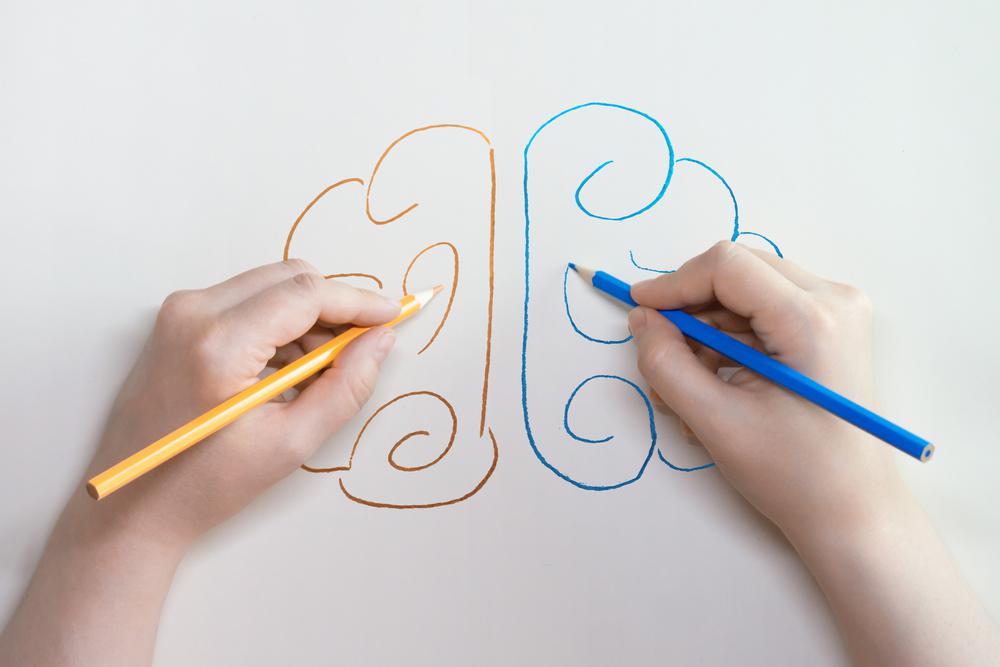Understanding directions Worksheets for Ages 3-8
14 filtered results
-
From - To
Unlock your child's potential with our Understanding Directions Worksheets for ages 3-8! Designed to enhance listening skills, these engaging worksheets teach kids to follow instructions accurately, fostering critical thinking and comprehension. Tailored for young learners, each activity promotes clarity in understanding spatial concepts and directional language, making learning fun and interactive. From following simple commands to engaging in creative activities, our worksheets allow children to practice essential skills at their own pace. Ideal for home or classroom use, these resources encourage essential cognitive development while preparing young minds for future learning. Explore our collection and help your child build confidence and direction mastery today!


Going up or Down? Worksheet


Amusement Park Word Problems Worksheet
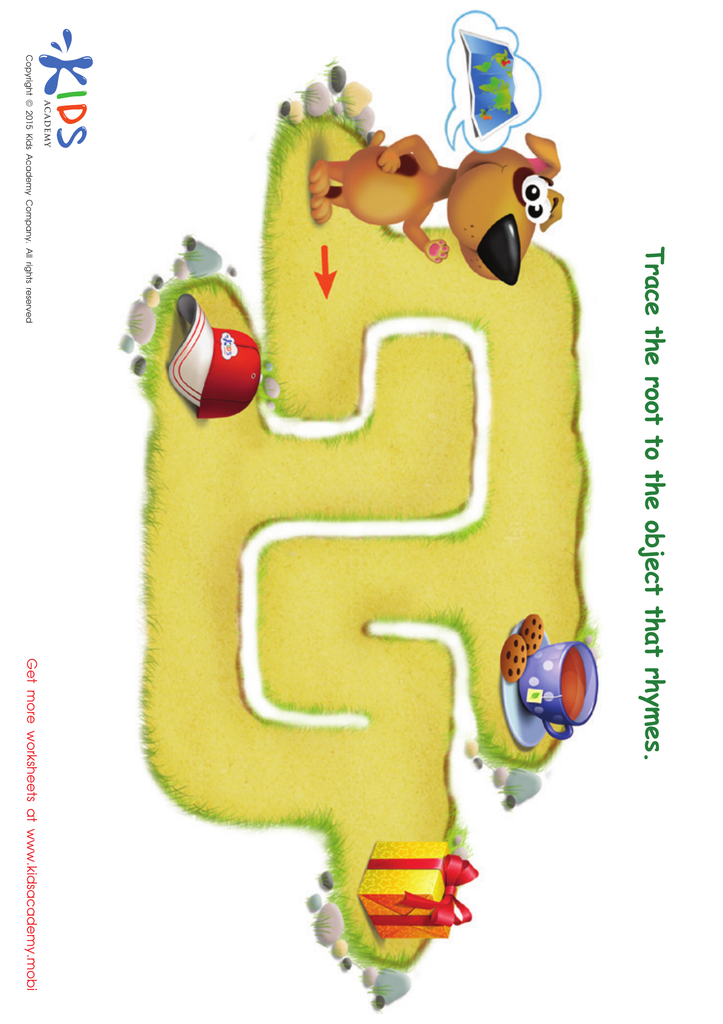

Map Rhyming Words Worksheet
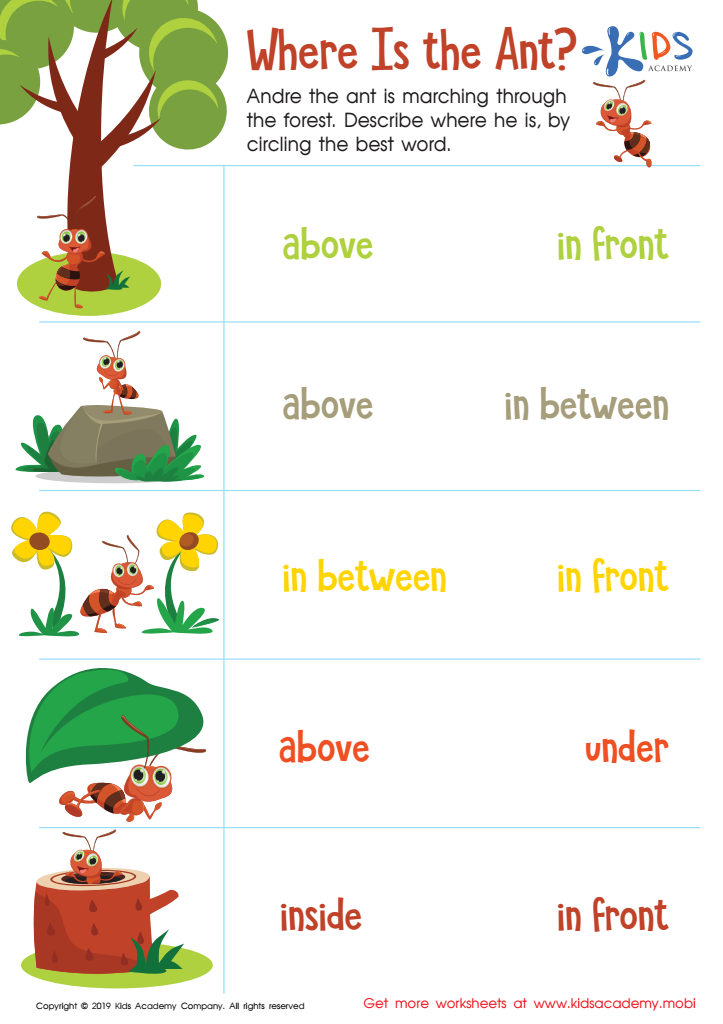

Where Is the Ant? Worksheet
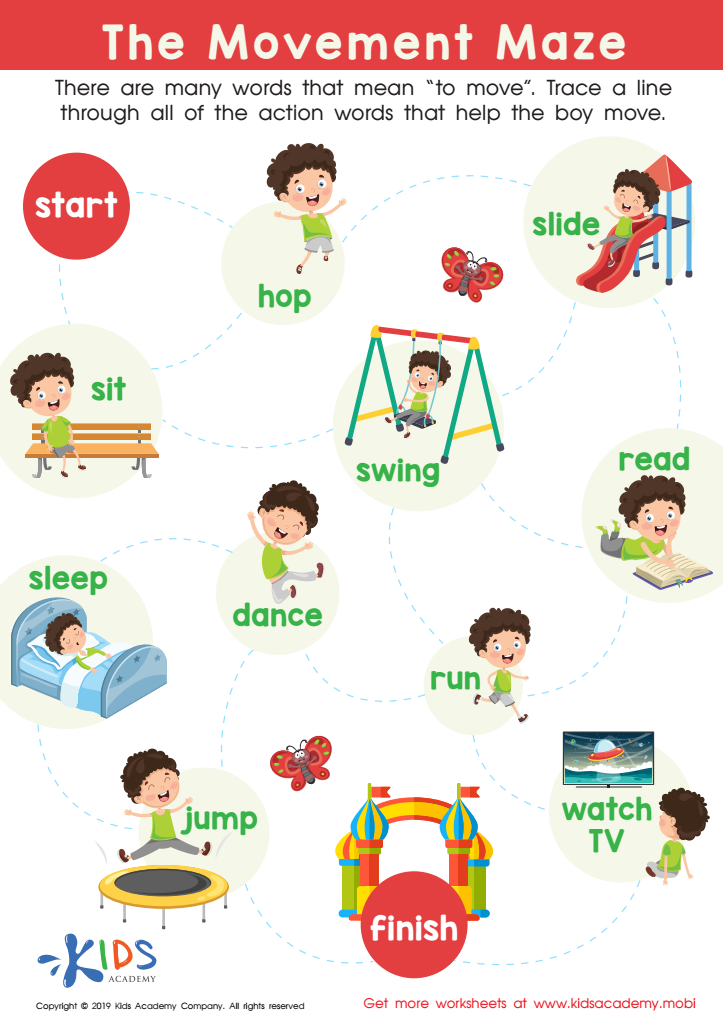

The Movement Maze Worksheet
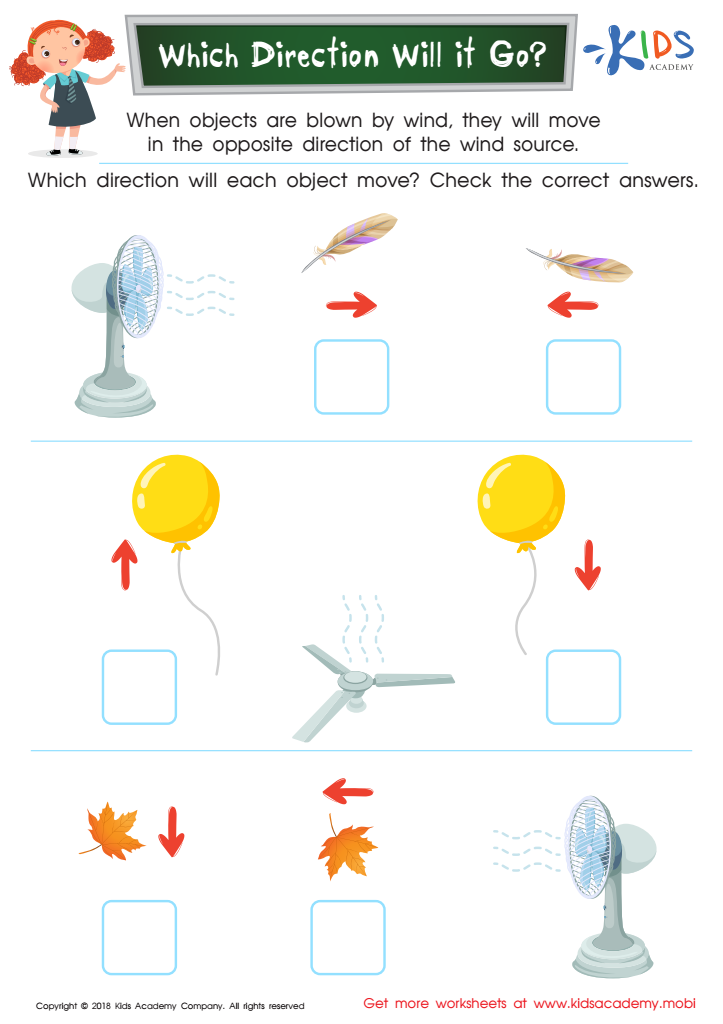

Which Direction Will it Go? Worksheet
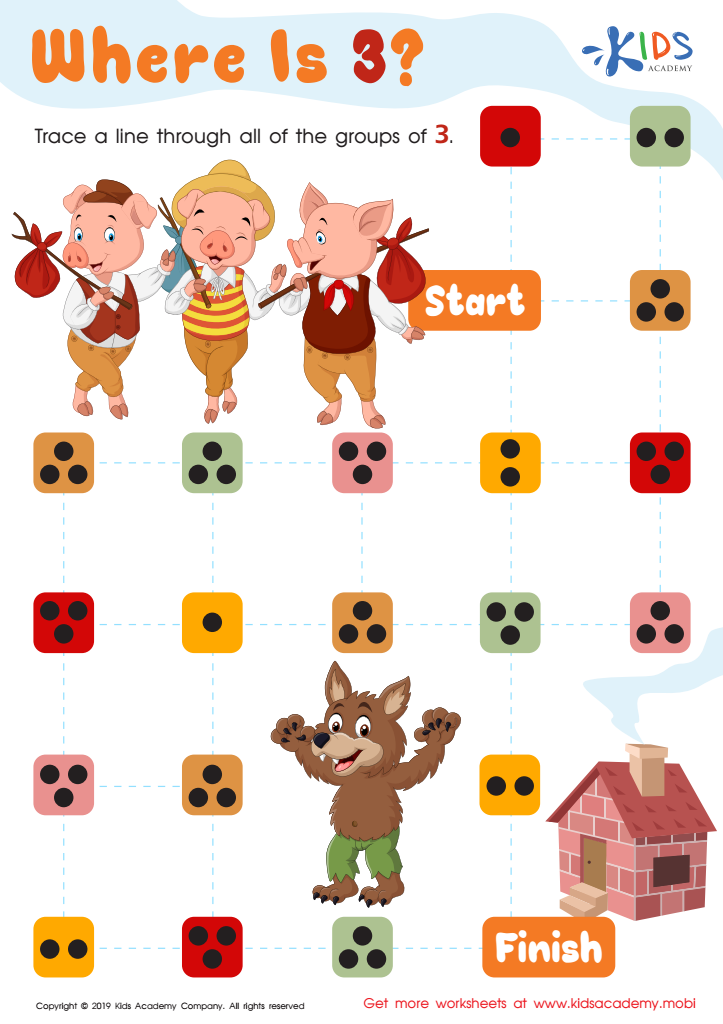

Where Is 3? Worksheet
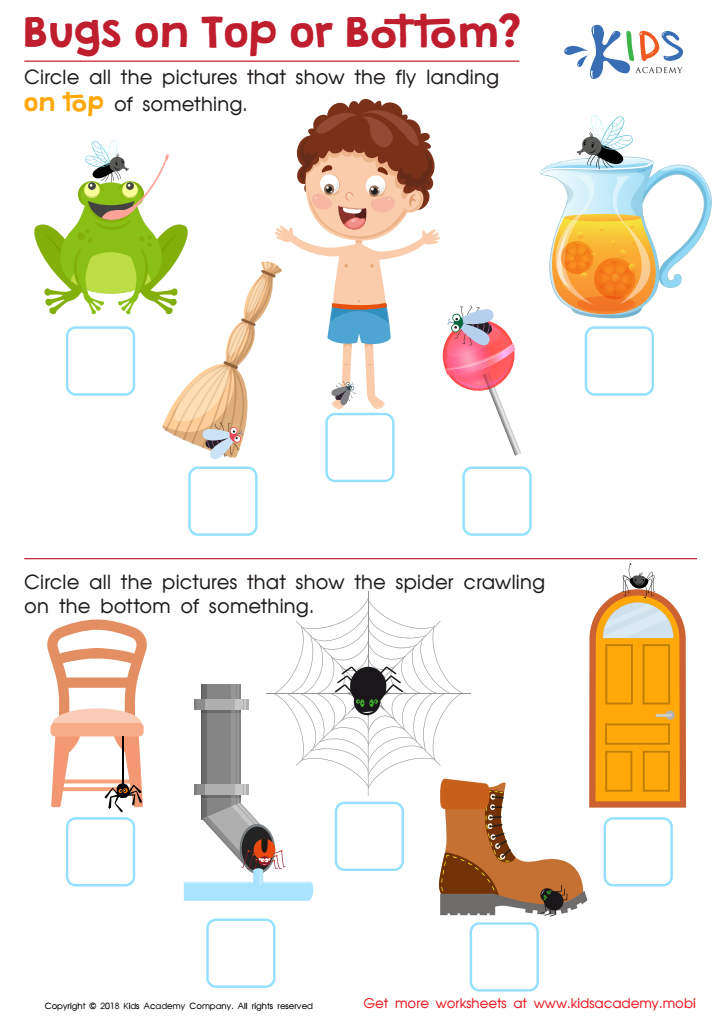

Bugs on Top or Bottom? Worksheet
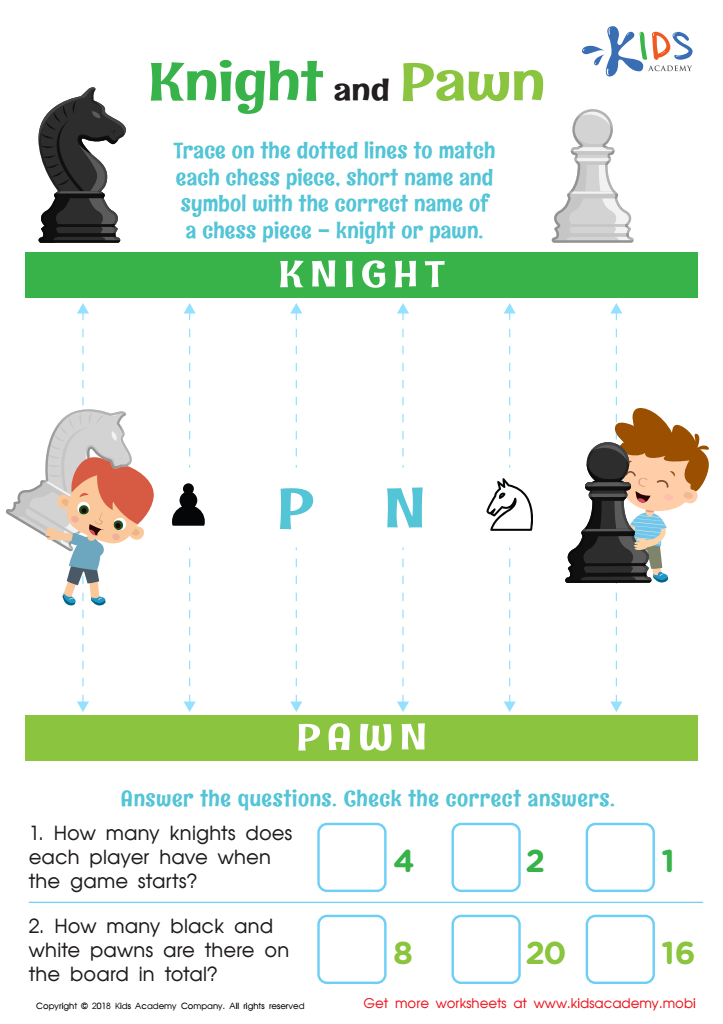

Knight and Pawn Worksheet
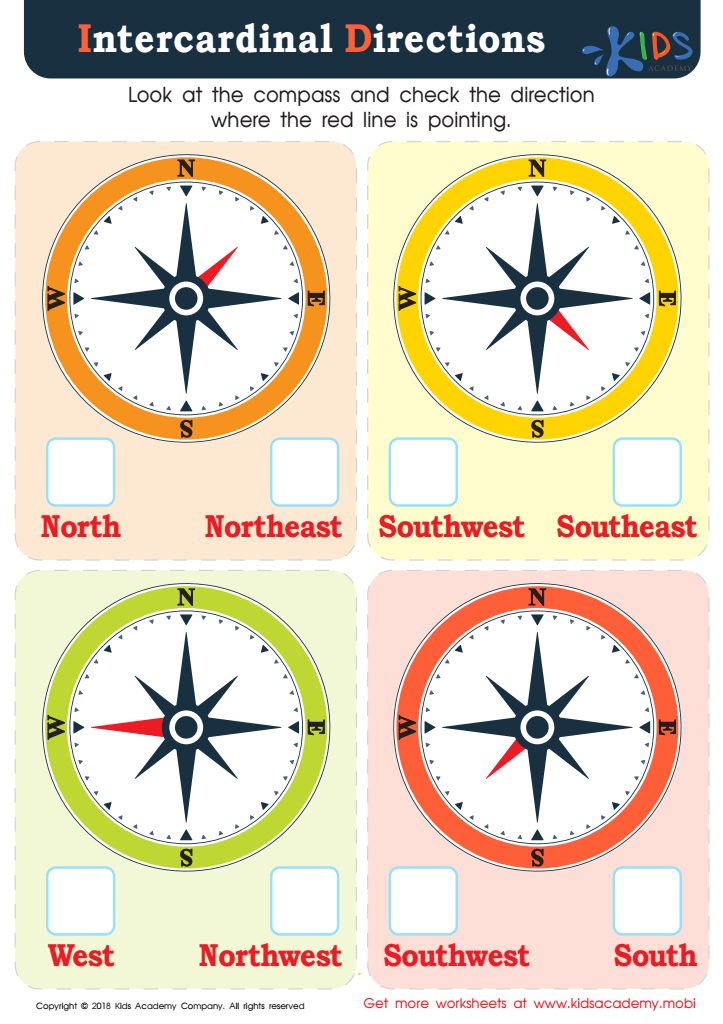

Intercardinal Directions Worksheet
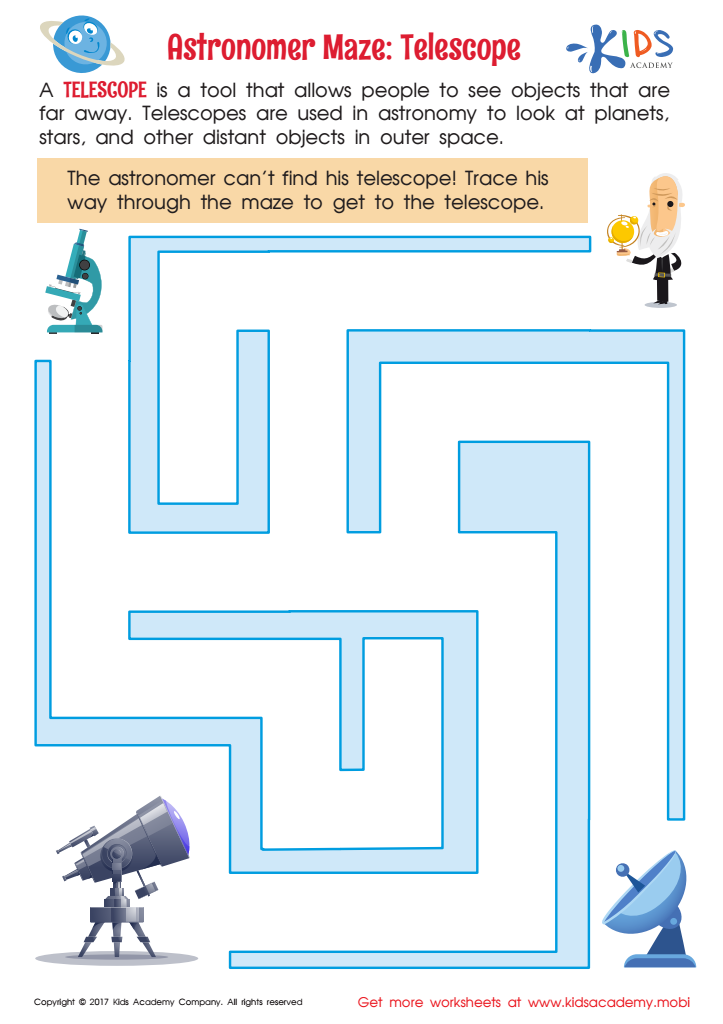

Astronomer Maze: Telescope Worksheet
Understanding directions is essential for children aged 3-8, as it lays the foundation for their communication and cognitive skills. At this developmental stage, children are naturally curious and eager to learn, and being able to comprehend directions empowers them to explore their environment more effectively. For parents and teachers, fostering this skill can significantly enhance a child’s ability to follow instructions, participate in group activities, and engage with educational materials.
Careful attention to understanding directions helps cultivate a strong sense of independence in children. By learning to follow directions, they gain confidence in completing tasks on their own, whether it’s in a classroom setting or at home. Moreover, clear direction comprehension is linked to improved academic performance, as children who grasp instructions can better follow lesson plans and contribute to discussions.
Additionally, promoting this skill encourages patience, cooperation, and listening skills, essential traits for social interactions. When children learn to understand and interpret directions accurately, they become more adept problem-solvers—even in everyday life. Overall, supporting children in mastering this fundamental skill not only aids their current learning processes but also prepares them for future challenges in school and beyond.
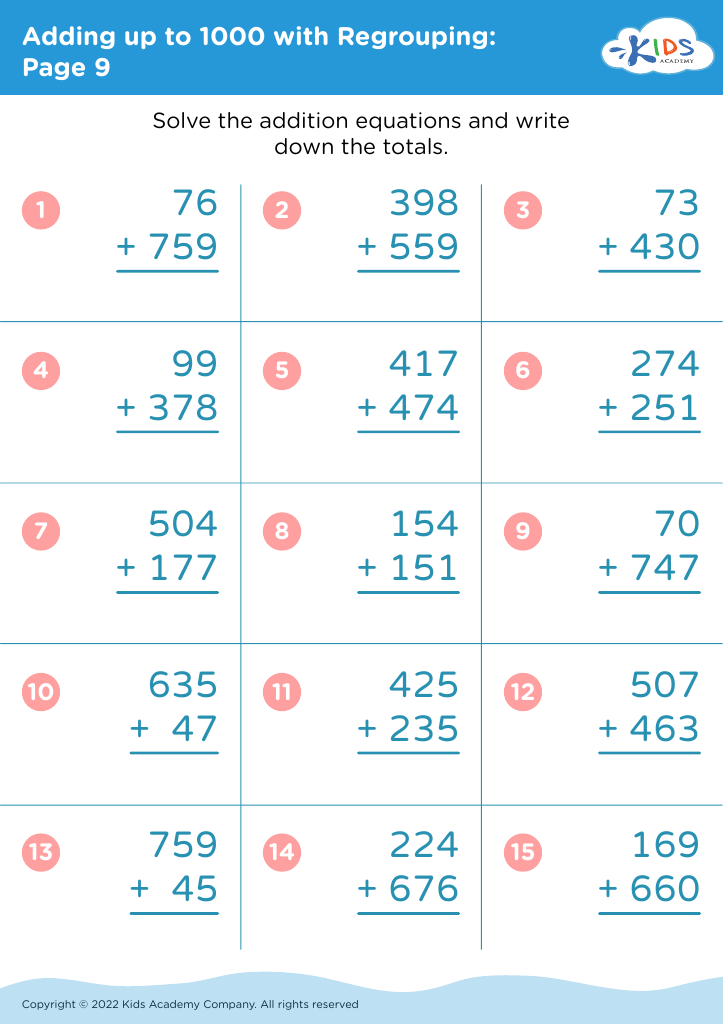

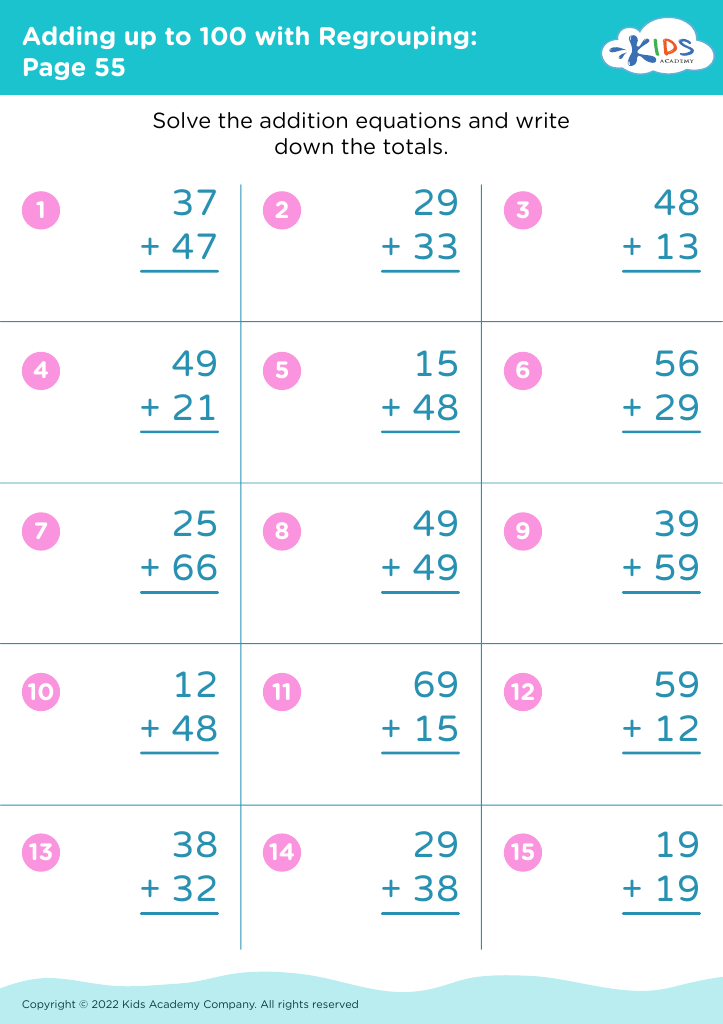
 Assign to My Students
Assign to My Students








.jpg)

.jpg)
